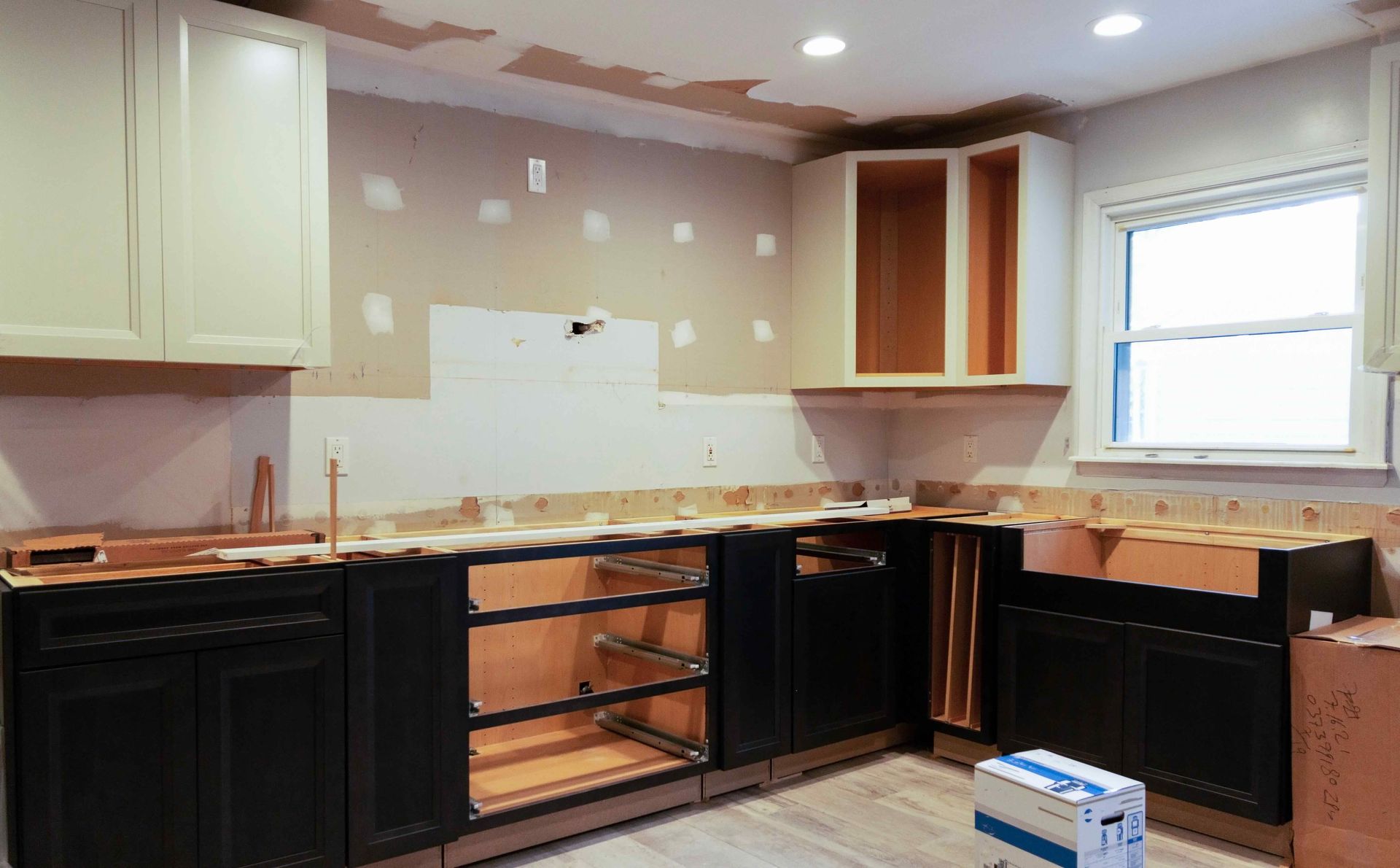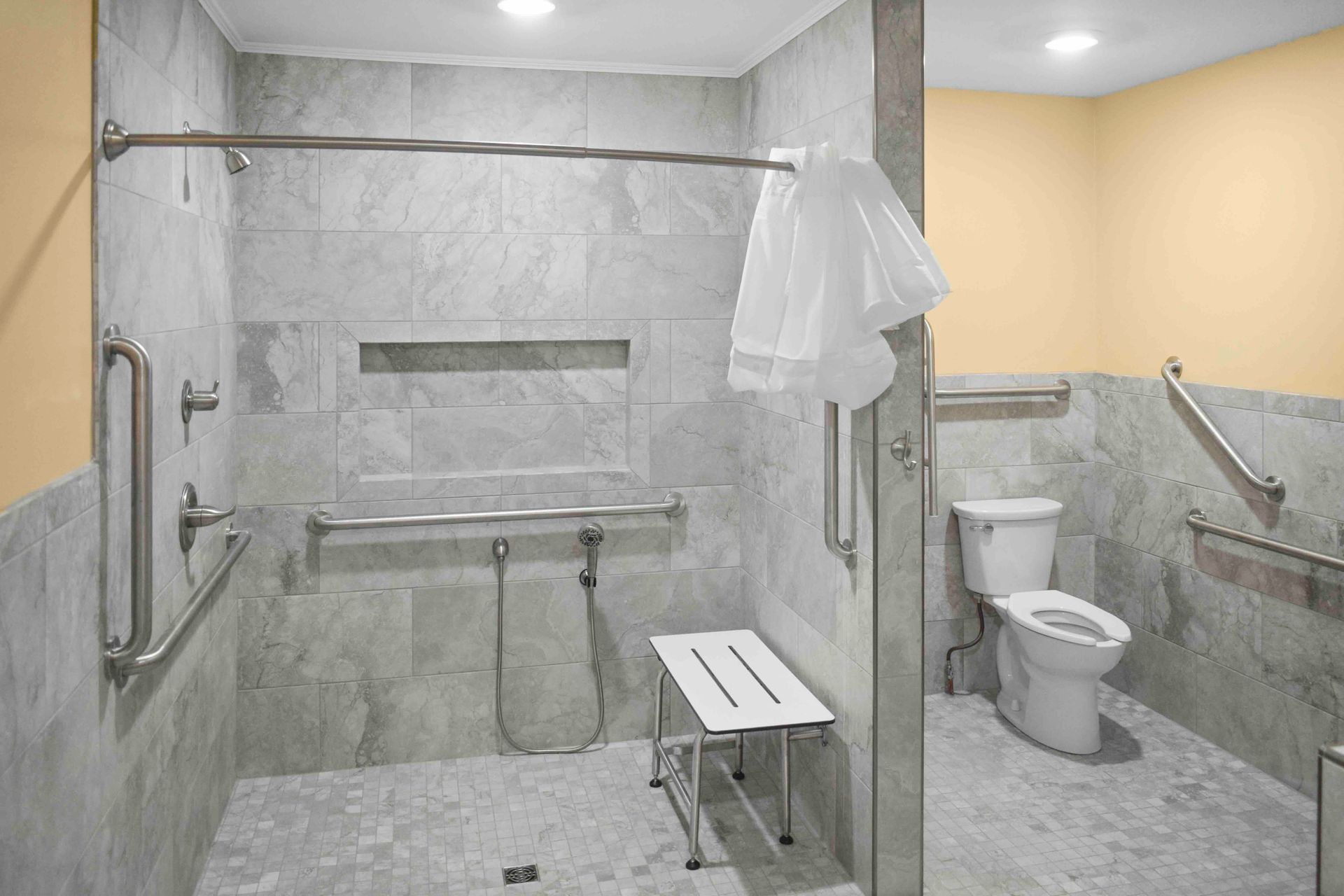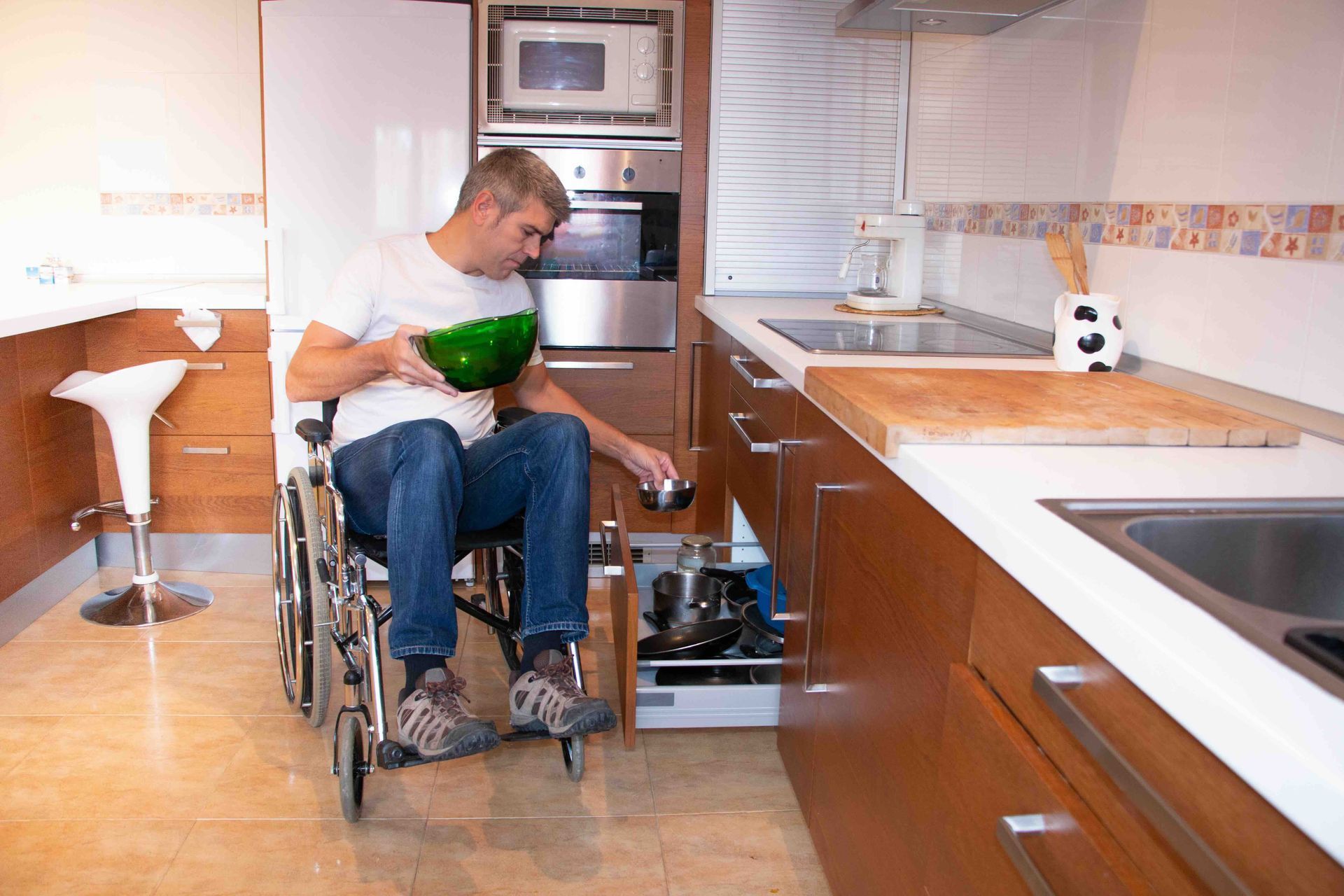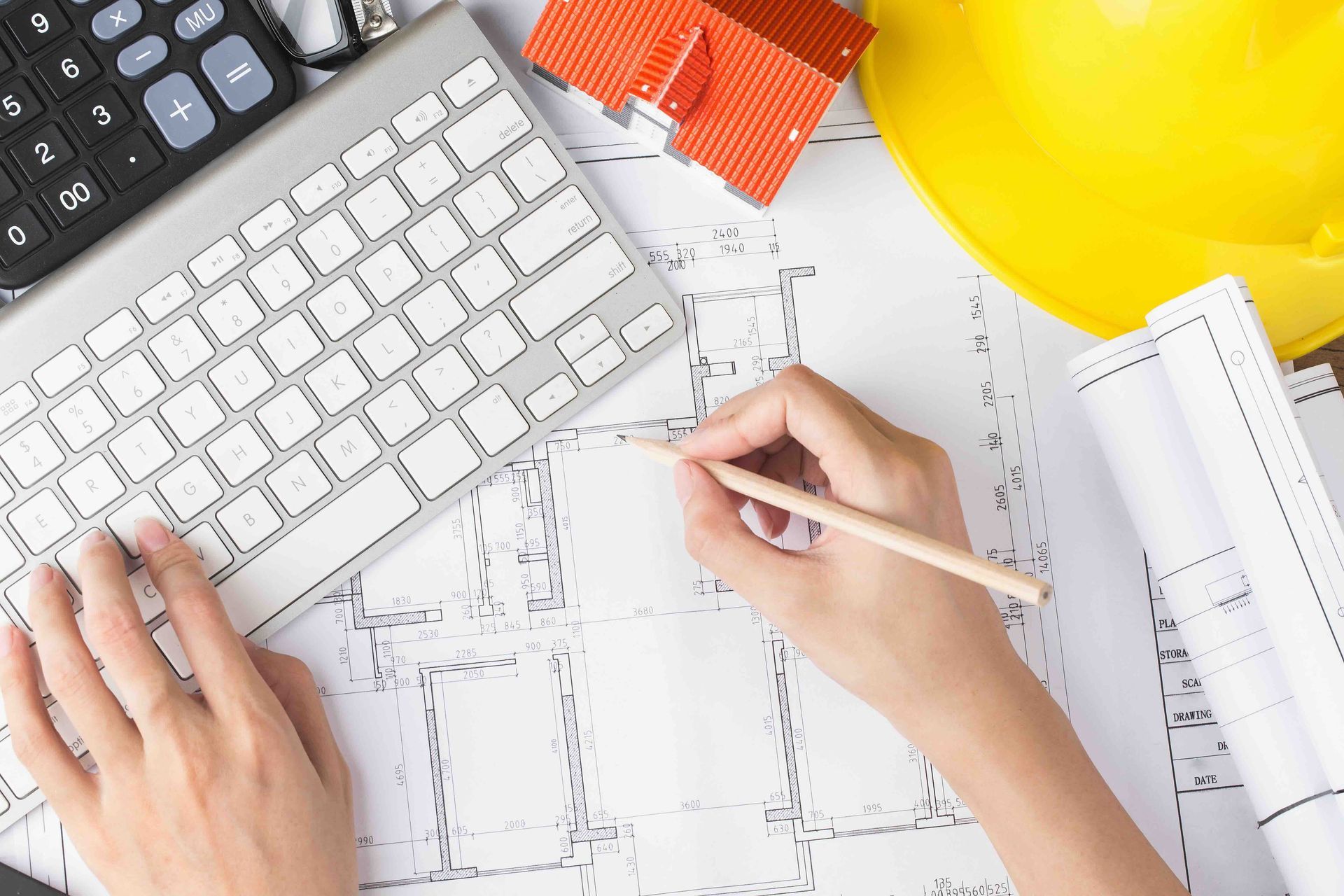The Emotional Impact of an Accessible Home: Freedom, Dignity, and Independence
A home is often described as a sanctuary, a place of comfort, safety, and belonging. For individuals with disabilities, seniors, or those with temporary mobility challenges, the concept of home takes on an even deeper significance when it is designed with accessibility in mind.
An
accessible home is not merely about ramps, wider doorways, or grab bars; it is about creating an environment that profoundly impacts an individual's emotional well-being. It transforms daily struggles into seamless living, fostering a sense of freedom, upholding personal dignity, and cultivating invaluable independence.
Are you looking for an expert resource in accessible spaces, special modifications for persons with mobility challenges, and more? Contact Lakeshore Barrier Free today.
Beyond Bricks and Mortar
For many, a home is a reflection of their identity and a space where they can truly be themselves. When a home presents physical barriers, it can become a source of frustration, limitation, and even danger. Imagine navigating a narrow hallway in a wheelchair, struggling to reach a high shelf, or fearing a fall in a slippery bathroom.
These daily challenges chip away at one's sense of self and security. An accessible home, by contrast, removes these obstacles. It transforms a potentially hostile environment into a welcoming haven, a true sanctuary where an individual can move, live, and thrive without constant reminders of their limitations.
This fundamental shift from struggle to ease lays the groundwork for profound emotional benefits, allowing the resident to focus on living their life rather than battling their surroundings. It becomes a space that supports, rather than hinders, their existence.
The Unlocking of Freedom
One of the most immediate and profound emotional impacts of an accessible home is the gift of freedom. This freedom manifests in several critical ways, beginning with physical liberation. No longer are individuals confined to certain rooms or restricted by stairs, narrow doorways, or inaccessible bathrooms.
Ramps, elevators, and open floor plans allow for unrestricted movement throughout the entire living space. This physical freedom translates directly into mental freedom, as the constant anxiety of navigating obstacles is lifted. The worry about falling, getting stuck, or being unable to reach something is significantly reduced, leading to a calmer and more relaxed state of mind.
Furthermore, an accessible home offers the freedom of choice and spontaneity. An individual can decide to get a glass of water from the kitchen, use the restroom, or move from the living room to the bedroom whenever they wish, without needing assistance or planning. This ability to act on impulse, to simply do things when the need arises, is a fundamental aspect of human experience that is often taken for granted.
For someone whose movements are typically dictated by external factors or the availability of a caregiver, this newfound autonomy is incredibly empowering. It allows them to reclaim control over their daily routines and personal schedule, fostering a sense of self-determination that is vital for emotional well-being. The freedom to simply exist and move within one's own space, unhindered, is a cornerstone of a fulfilling life.
Upholding Dignity at Home
Dignity is intrinsically linked to an individual's ability to maintain personal autonomy and privacy, particularly in the most intimate aspects of life. An inaccessible home can inadvertently strip away this dignity, forcing individuals to rely on others for basic needs like showering, using the toilet, or preparing meals.
This reliance, while often necessary, can lead to feelings of embarrassment, vulnerability, and a loss of self-respect. Imagine needing to call for help every time you need to use the bathroom, or being unable to participate in cooking a family meal because the countertops are too high. These situations, however well-intentioned the assistance, can erode a person's sense of worth.
An accessible home directly addresses these challenges by providing modifications that enable independent self-care. Roll-in showers, grab bars, adjustable countertops, and accessible appliances allow individuals to perform personal hygiene, cook, and manage their daily routines without constant assistance.
This ability to care for oneself, to maintain privacy in personal moments, and to contribute to household tasks is deeply affirming. It reinforces a sense of capability and self-sufficiency, preserving the individual's inherent dignity.
When a home is designed to respect an individual's needs, it sends a powerful message that they are valued and capable, fostering a stronger sense of self-worth and reducing feelings of shame or inadequacy that can arise from dependence. This respect for personal space and capability is paramount to emotional health.
The Power of Autonomy
Independence is a cornerstone of human flourishing, representing the ability to make one's own choices and live life on one's own terms. For individuals facing physical limitations, the pursuit of independence can be a constant uphill battle in an inaccessible world.
An accessible home, however, becomes a powerful tool in cultivating and sustaining this vital sense of autonomy.
Within its walls, an individual can exercise control over their environment and daily activities, making decisions about their schedule, their space, and their personal care without external intervention. This self-reliance in daily tasks, from dressing to eating to managing household chores, builds confidence and reinforces a belief in one's own capabilities.
Beyond basic self-care, an accessible home empowers individuals to pursue hobbies, engage in social activities, and maintain a fulfilling life within their own residence. A person who uses a wheelchair might be able to access their home office to work, their art studio to create, or their garden to relax, all because the environment is designed to accommodate them.
This ability to engage in meaningful activities independently fosters a sense of purpose and accomplishment. It shifts the narrative from what an individual cannot do to what they can do, leading to increased self-efficacy and a greater sense of control over their life. The emotional impact of this enhanced independence is profound, leading to reduced feelings of helplessness, increased motivation, and a more positive outlook on life.
Broader Emotional Benefits
The emotional benefits of an accessible home extend far beyond the individual resident, creating a positive ripple effect that touches family members, caregivers, and the overall household dynamic. For the individual, the reduction in daily struggles often leads to a significant improvement in mental health.
The constant stress, frustration, and potential for injury in an inaccessible environment can contribute to anxiety, depression, and feelings of isolation. When these barriers are removed, there is a noticeable decrease in these negative emotions, replaced by a greater sense of peace, contentment, and overall well-being. The home becomes a source of comfort rather than a source of challenge.
Furthermore, an accessible home can significantly enhance social connections. When a home is easy to navigate, it becomes more inviting for friends and family to visit, fostering a more vibrant social life. The resident no longer needs to worry about whether guests can enter, use the bathroom, or move comfortably within their space.
This ease of social interaction combats loneliness and isolation, contributing to a stronger sense of community and belonging. For caregivers, the emotional relief is immense. The physical and emotional burden of assisting with every task is lessened, allowing them to shift from a role of constant aid to one of companionship and shared living. This reduction in caregiver stress can strengthen family relationships and create a more harmonious home environment for everyone involved.
Challenges and the Path Forward
Despite the undeniable emotional benefits, achieving truly accessible homes presents significant challenges. The primary hurdles often revolve around cost and availability. Modifying an existing home to be fully accessible can be expensive, and the supply of purpose-built accessible housing often falls short of demand.
This financial and logistical burden can itself be a source of stress and frustration for individuals and families seeking suitable living arrangements. Beyond the practicalities, societal perceptions and a lack of awareness about the importance of universal design can also impede progress. Many still view accessibility as a niche requirement rather than a fundamental human right that benefits everyone.
The emotional journey of adapting to an accessible home can also be complex. While the long-term benefits are clear, the process of renovation or moving can be disruptive and emotionally taxing.
There may be a period of adjustment as individuals learn to navigate their new environment and shed old habits of coping with inaccessibility. However, these challenges underscore the critical need for greater advocacy, policy changes, and innovative solutions in housing design and construction.
Promoting universal design principles, which aim to create environments usable by all people, to the greatest extent possible, without the need for adaptation or specialized design, is crucial. By overcoming these obstacles, society can move closer to a future where every home is a true sanctuary of freedom, dignity, and independence for all.
Key Takeaways
An accessible home is far more than a collection of physical modifications; it is a profound investment in an individual's emotional well-being. By systematically removing barriers, it unlocks a deep sense of freedom, allowing individuals to move, choose, and live spontaneously within their own space.
It upholds personal dignity by enabling independent self-care and preserving privacy, fostering a powerful sense of self-worth. Crucially, it cultivates independence, empowering individuals to take control of their daily lives, pursue their passions, and contribute meaningfully to their households and communities.
The ripple effects of these benefits extend to mental health, social connections, and the emotional relief of caregivers, creating a more harmonious and supportive living environment for everyone. As we strive for a more inclusive society, recognizing and prioritizing the emotional impact of accessible housing is not just an act of compassion but a fundamental step towards ensuring that every individual can experience their home as a true sanctuary of self, embodying freedom, dignity, and independence.
TALK TO THE EXPERTS OF LAKESHORE BARRIER FREE TODAY!
We believe that everyone should have access to every area of their home! We work directly with you to make sure that every grab bar, bathroom sink, kitchen countertop, patient lift, and more is at the perfect location for you and your loved ones. Call us at
(616) 477-2685 or email us at
Info@LakeshoreBarrierFree.com
Share this blog







